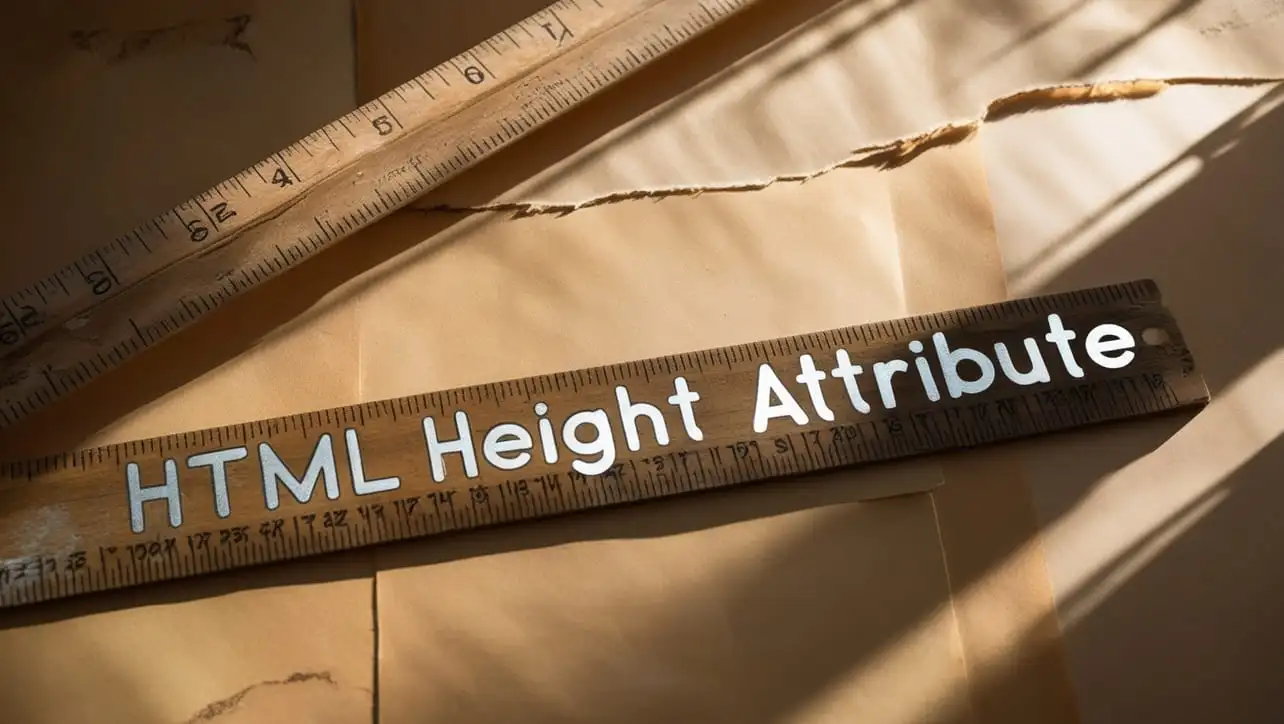
HTML Topics
- HTML Intro
- HTML Basic
- HTML Editors
- HTML CSS
- HTML Tags
- HTML Deprecated Tags
- HTML Events
- HTML Event Attributes
- HTML Global Attributes
- HTML Attributes
- abbr
- accept
- accept-charset
- accesskey
- action
- align
- alt
- archive
- as
- async
- autocapitalize
- autocomplete
- autofocus
- autoplay
- axis
- bgcolor
- border
- cellpadding
- cellspacing
- char
- charoff
- charset
- checked
- cite
- class
- classid
- codebase
- codetype
- color
- cols
- colspan
- compact
- content
- contenteditable
- controls
- coords
- crossorigin
- data
- data-*
- datetime
- declare
- default
- defer
- dir
- dirname
- disabled
- download
- draggable
- enctype
- enterkeyhint
- for
- form
- formaction
- formenctype
- formmethod
- formnovalidate
- formtarget
- frame
- frameborder
- frameset
- headers
- height
- hidden
- high
- href
- hreflang
- hspace
- http-equiv
- id
- inert
- inputmode
- ismap
- kind
- label
- lang
- list
- loop
- low
- max
- maxlength
- media
- method
- min
- multiple
- muted
- name
- novalidate
- onabort
- onafterprint
- onbeforeprint
- onbeforeunload
- onblur
- oncanplay
- oncanplaythrough
- onchange
- onclick
- oncontextmenu
- oncopy
- oncuechange
- oncut
- ondblclick
- ondrag
- ondragend
- ondragenter
- ondragleave
- ondragover
- ondragstart
- ondrop
- ondurationchange
- onemptied
- onended
- onerror
- onfocus
- onhashchange
- oninput
- oninvalid
- onkeydown
- onkeypress
- onkeyup
- onload
- onloadeddata
- onloadedmetadata
- onloadstart
- onmousedown
- onmousemove
- onmouseout
- onmouseover
- onmouseup
- onmousewheel
- onoffline
- ononline
- onpagehide
- onpageshow
- onpaste
- onpause
- onplay
- onplaying
- onpopstate
- onprogress
- onratechange
- onreset
- onresize
- onscroll
- onsearch
- onseeked
- onseeking
- onselect
- onstalled
- onstorage
- onsubmit
- onsuspend
- ontimeupdate
- ontoggle
- onunload
- onvolumechange
- onwaiting
- onwheel
- open
- optimum
- pattern
- placeholder
- popover
- popovertarget
- popovertargetaction
- poster
- preload
- readonly
- rel
- required
- reversed
- rows
- rowspan
- sandbox
- scope
- selected
- shape
- size
- sizes
- span
- spellcheck
- src
- srcdoc
- srclang
- srcset
- start
- step
- style
- tabindex
- target
- title
- translate
- type
- usemap
- value
- width
- wrap
- HTML Comments
- HTML Entity
- HTML Head
- HTML Form
- HTML IndexedDB
- HTML Drag & Drop
- HTML Geolocation
- HTML Canvas
- HTML Status Code
- HTML Language Code
- HTML Country Code
- HTML Charset
- MIME Types
HTML height Attribute

Photo Credit to CodeToFun
🙋 Introduction
In HTML, the height attribute is used to define the height of an element.
This attribute is particularly useful when you want to specify the height of an image, an iframe, a table cell, or any other HTML element that can have a visual representation on the page.
🎯 Purpose of height
The primary purpose of the height attribute is to set the height dimension of an element, allowing developers to control the visual layout and presentation of their web pages.
💎 Values
The height attribute accepts various values to define different height dimensions. The values can be specified in pixels (px), percentages (%), viewport height (vh), or other length units. Here's a quick overview:
- Pixels (px): Absolute unit of measurement. For example, height="100px".
- Percentage (%): Relative to the height of the containing element. For example, height="50%".
- Viewport Height (vh): Relative to the viewport's height. For example, height="50vh".
📄 Example
Let's explore an example of using the height attribute in HTML:
<img src="example.jpg" alt="Example Image" height="200px">🧠 How it Works
In this example, the height attribute is used to set the height of an image to 200 pixels.
🔄 Dynamic Values with JavaScript
Similar to other HTML attributes, you can dynamically set the height attribute using JavaScript.
This is beneficial when you want to adjust the height based on certain conditions or user interactions. Here's a brief example:
<script>
// Dynamically set height for an element
document.getElementById("dynamicElement").height = "300px";
</script>🧠 How it Works
In this script, the height attribute is set to 300px for an element with the id "dynamicElement." This dynamic adjustment can be particularly useful in responsive web design.
🏆 Best Practices
- Use the
heightattribute judiciously to maintain a visually appealing and consistent layout across your web pages. - When using percentage values, ensure that the containing element's height is well-defined to achieve the desired relative effect.
- Experiment with viewport height units (vh) for elements that should scale proportionally with the viewport.
🎉 Conclusion
The height attribute in HTML provides a simple yet effective way to control the height dimension of various elements on your web page.
By understanding the available values and best practices, you can leverage this attribute to create visually appealing and responsive designs.
👨💻 Join our Community:
Author

For over eight years, I worked as a full-stack web developer. Now, I have chosen my profession as a full-time blogger at codetofun.com.
Buy me a coffee to make codetofun.com free for everyone.
Buy me a Coffee












If you have any doubts regarding this article (HTML height Attribute), please comment here. I will help you immediately.